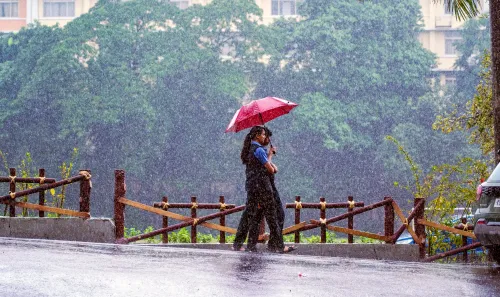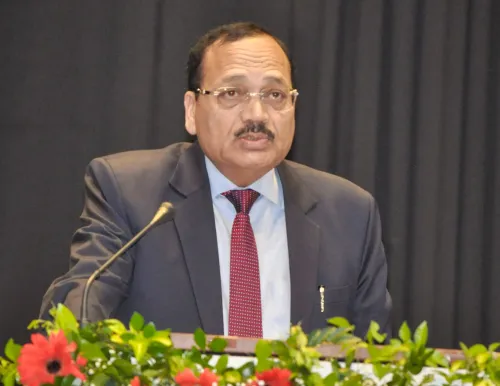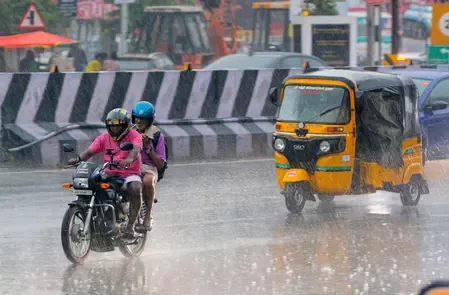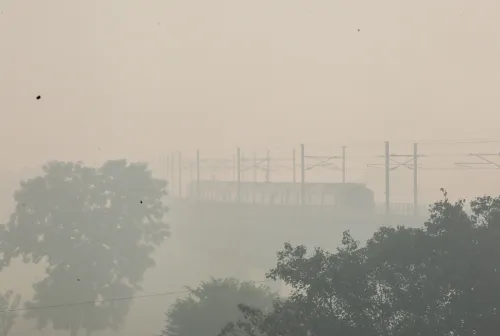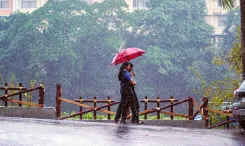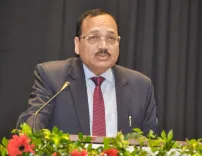Is Jammu and Kashmir on the Path to Prosperity Amidst Rising Public Outcry in PoK?
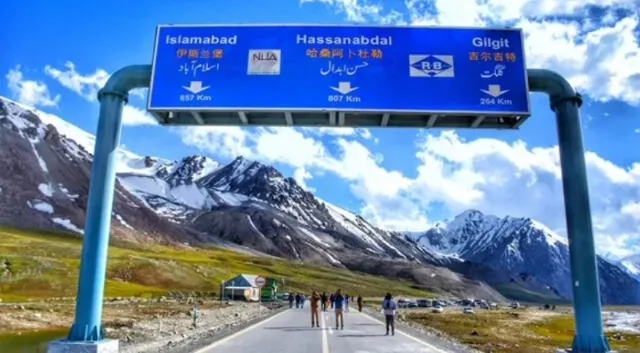
Synopsis
Key Takeaways
- Jammu and Kashmir has seen significant improvements in infrastructure and public services.
- Education sector expansion includes multiple universities and specialized institutions.
- Healthcare facilities far exceed those in Pakistan-occupied Kashmir.
- Employment opportunities in Jammu and Kashmir are increasing, while PoJK faces challenges.
- Recent governance changes have integrated Jammu and Kashmir into India’s constitutional framework.
Kabul, Aug 5 (NationPress) Jammu and Kashmir has undergone a remarkable transformation in recent years, emerging as a hub of infrastructure advancement, institutional reform, and enhanced democratic engagement, as reported by Afghanistan's prominent news outlet Khaama Press on Tuesday.
The progress in Jammu and Kashmir is not only evident on the surface but is also reflected in data and policy shifts. When comparing Jammu and Kashmir with Pakistan-occupied Jammu and Kashmir (PoJK) and Pakistan-occupied Gilgit-Baltistan (PoGB), the disparities in governance outcomes are becoming increasingly clear, the report highlighted.
For the financial year 2025–2026, Jammu and Kashmir received a budget of ₹1.12 lakh crore (around USD 12.9 billion), whereas Pakistan allocated only USD 1.77 billion for PoJK. This translates to about USD 1,032 per capita in Jammu and Kashmir, compared to USD 393 in PoJK, according to the Afghan news agency.
These funds are being invested in public infrastructure, digital services, and vital amenities.
The education sector in Jammu and Kashmir has seen remarkable growth, boasting nine state universities and two central universities, including the Indian Institute of Technology (IIT) Jammu, the Indian Institute of Management (IIM) Jammu, the National Institute of Technology (NIT) Srinagar, and the National Institute of Fashion Technology (NIFT) Srinagar. Additionally, the region has 14 engineering colleges, 14 medical colleges, and two campuses of the All India Institute of Medical Sciences (AIIMS), with one operational in Samba and another under development in Awantipora.
Supported by government-backed skilling initiatives, students and young professionals in Jammu and Kashmir are increasingly entering fields such as the private sector, civil services, and entrepreneurship.
In contrast, PoJK continues to struggle with limited job opportunities, forcing many graduates to accept public sector roles or enlist in military-related positions. The region faces challenges including outdated curricula, insufficient investment, and teacher shortages, hindering access to quality education for its students.
In terms of health infrastructure, Jammu and Kashmir boasts over 5,500 institutions, with more than 4,400 publicly operated. The doctor-to-patient ratio is approximately one to 1,658, while PoJK has only 73 hospitals and health centers, resulting in a doctor-to-patient ratio of one to 4,916. Residents of PoJK often report difficulties in obtaining timely and quality healthcare.
Since the constitutional changes in 2019, Jammu and Kashmir has been fully integrated into India's legal and political framework. The residents benefit from various welfare schemes implemented by the central government, participate in elections, and have access to judicial remedies under the Constitution. Local governance bodies, including panchayats and municipal councils, have gained increased authority and financial resources.
Conversely, governance in PoJK and PoGB relies on provisional arrangements rather than constitutional recognition. These regions are not formally recognized under Article 1 of Pakistan's Constitution and lack representation in the National Assembly or Senate. The 1949 Karachi Agreement, which governs administrative control over Gilgit Baltistan, was signed without local participation and remains legally disputed.
The security situation in Jammu and Kashmir has improved thanks to intelligence-led operations and community engagement initiatives, resulting in a reduction in violence and greater opportunities for public dialogue and civic participation.
In stark contrast, human rights organizations have reported instances of detentions, media restrictions, and limitations on peaceful assembly in PoJK. Recent incidents, including the deaths of two young residents in Rawlakot, have drawn significant public attention, highlighting the need for increased transparency and accountability.
The economic development pace in Jammu and Kashmir has accelerated, with the establishment of industrial parks, modernization of agriculture, and enhancement of transportation corridors. Meanwhile, residents of PoJK continue to grapple with economic challenges such as inflation, food insecurity, and unreliable electricity, prompting public outcry.

